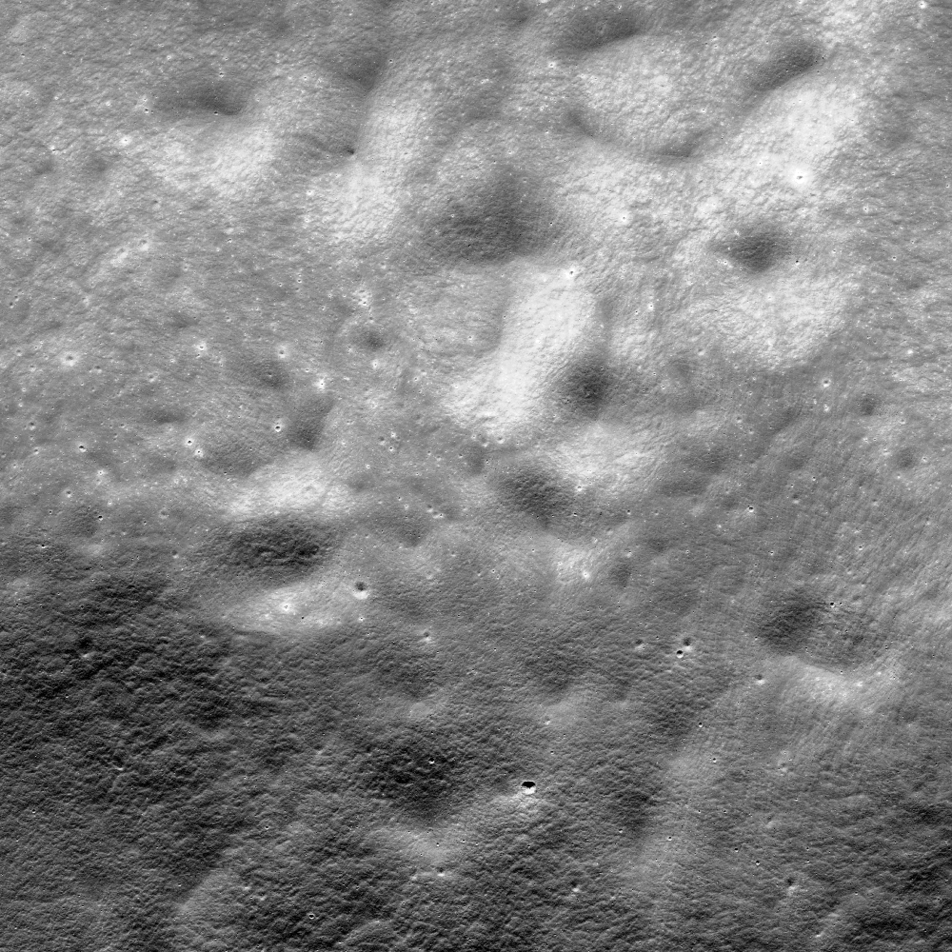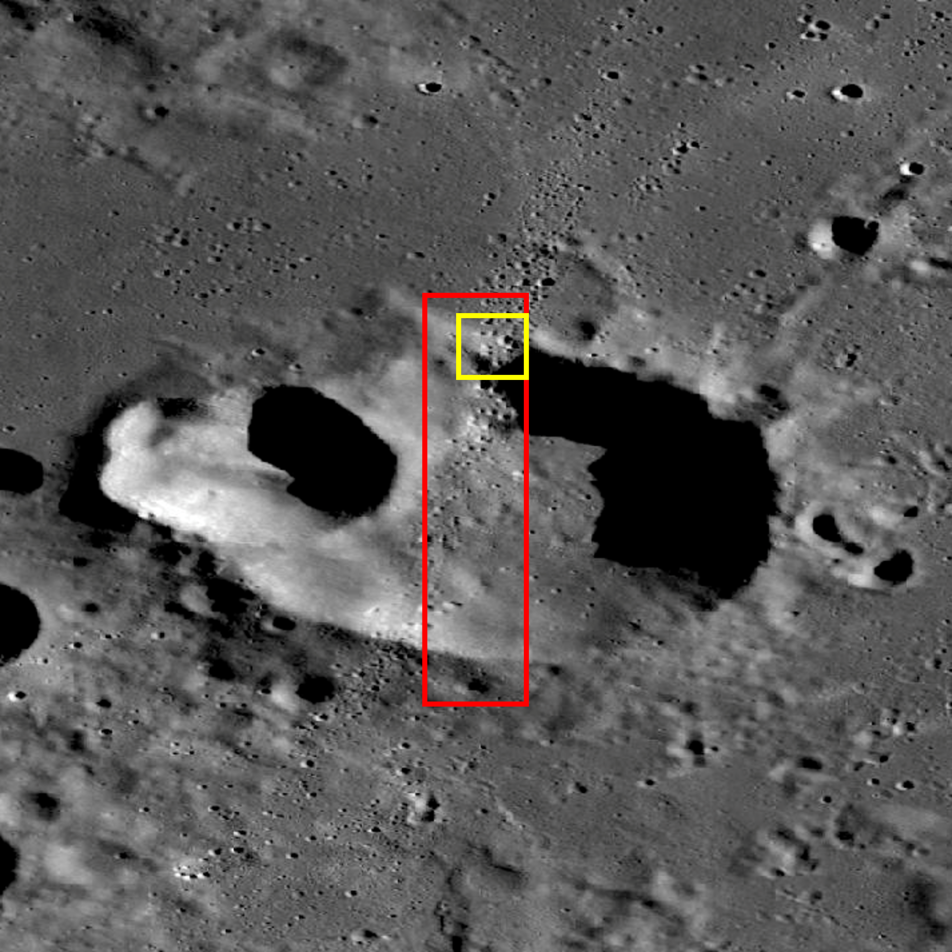
Closely clustered or overlapping craters of similar size and morphology are likely secondary craters. Secondary craters form when an impactor hits the surface (forming the primary crater) and throws out blocks of material that proceed to form their own craters (secondaries) as they hit the surface. Sometimes, secondary craters can be difficult to identify if they do not occur in groups. Because craters are used to estimate the age of a surface (a process called crater counting), it is important that scientists are able to identify secondary craters. Thankfully, in the case of Haret C, the secondary craters stand out from primary craters due to their proximity to each other. Random impacts typically do not form clusters like those in Today's Featured Image.

Within high resolution images, smaller craters are used for crater counting. However, secondary craters become more common at smaller diameters introducing a problem for crater counters if the secondaries cannot be distinguished from primary craters. Secondaries counted as primaries result in higher crater counts per unit area, which in turn result in age estimates that are older than the true age of the surafce. A key science goal is coming to a better understanding of the morphology or abundance of secondaries relative to primary craters so that more accurate age estimates can be made for smaller, younger terrains: especially important for panning at the scale of the NAC images for future missions to the Moon.
Explore the full NAC mosaic below! Do you see any primary craters in the mix?
Related Posts:
Clusters of farside secondaries
Crater Chain near Rima T Mayer
Chain of Secondary Craters in Mare Orientale
A Smattering of Self-Secondaries
Published by H. Meyer on 4 September 2014